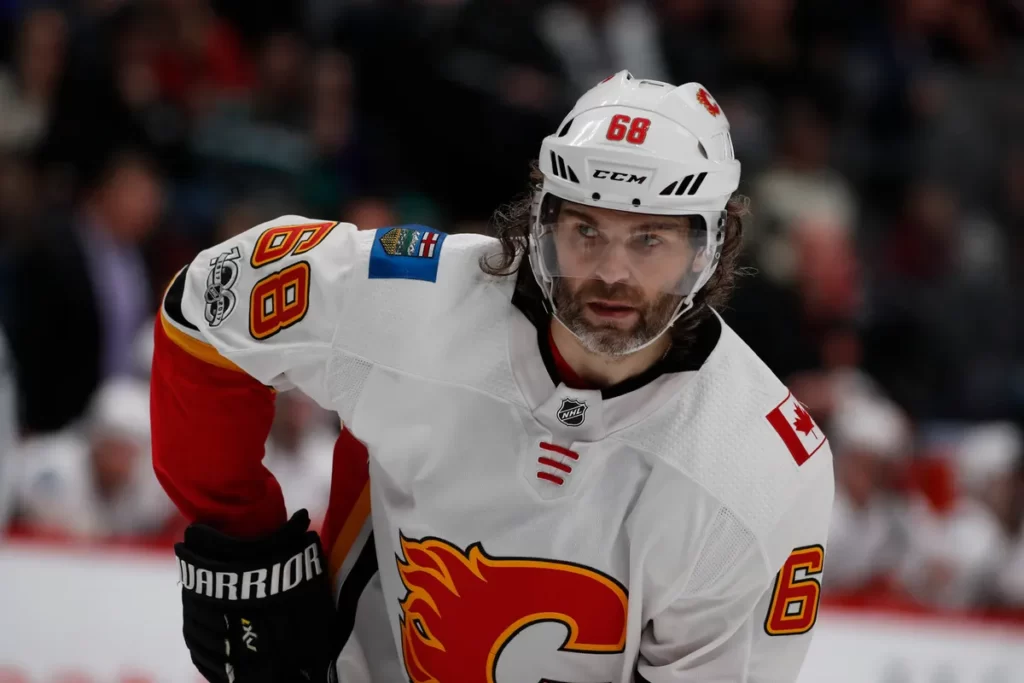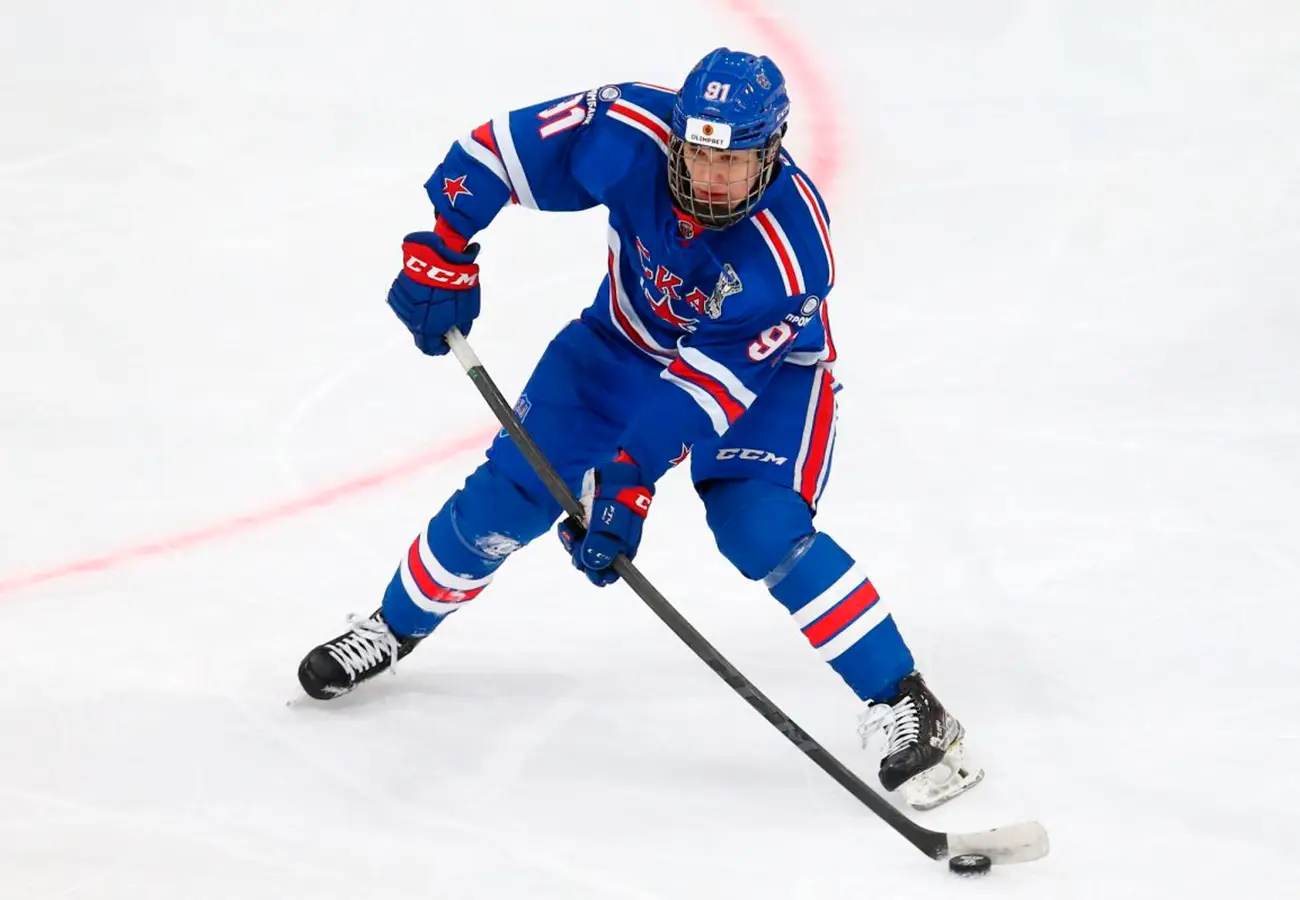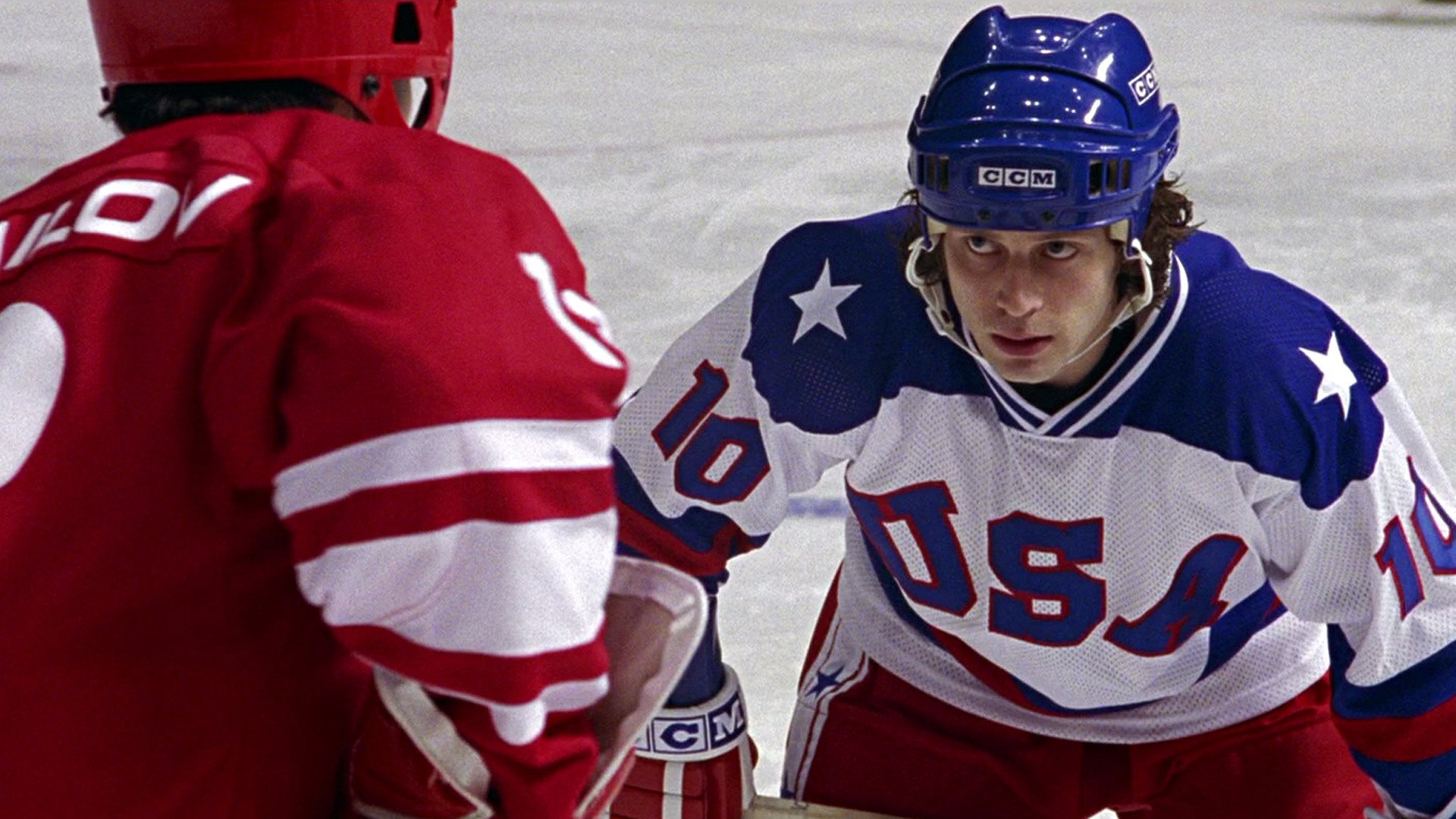Who is the best ice hockey player of all time? This question can spark a heated debate among ice hockey fans. Every fan has their favourite, but there are players whose achievements and contribution to the development of the sport are undeniable. We present to you our ranking of the best ice hockey players in the world – those who will forever remain in the hearts of fans.
Wayne Gretzky – King of the ice
Wayne Gretzky is a legend of world ice hockey. His incredible eye for the pitch, his ability to read the game and his passing accuracy made him unrivalled by his opponents. Gretzky was always one step ahead, which made him a true master of strategy. He possessed exceptional game intelligence, which enabled him to effectively capitalise on his opponents’ smallest mistakes. His assists and goals were always the result of an immediate assessment of the situation, which earned him the nickname ‘The Great One’.

Contribution to the development of ice hockey
The stars of world hockey have modelled themselves on the example of ‘The Great One’ for decades. Gretzky became a symbol of excellence in ice hockey and played a key role in popularising ice hockey in the United States, especially after his move to the Los Angeles Kings. This move opened up new horizons for hockey on the West Coast and attracted many new fans.
Most important achievements:
- 2,857 points in the NHL regular season, a record that has yet to be broken.
- 9 seasons with more than 50 goals.
- 4 Stanley Cups in a row.
Mario Lemieux is a general who changed the rules
Lemieux was able to return to major hockey after serious health problems and proved that the athletic spirit is invincible. His fight against Hodgkin’s disease and his successful return to the ice are a true example of courage. Lemieux not only recovered, but returned to a level worthy of a legend, showing that true champions do not give up in the face of adversity. The entire hockey world has seen that even legends can face real adversity and emerge victorious.
Key features:
- Transition from sniper to playmaker: depending on the situation, Lemieux adapted his game.
- 6 Hart Trophies: Every season Lemieux was healthy, he proved he was the best.
- Offensive and defensive play: His versatility set him apart from everyone else.
Gordie Howe is one of the best hockey players in the world
Gordie Howe’s career spans six decades, which speaks to his incredible resilience and love for the game. Howe was still playing in the NHL at the age of 50 and became a symbol of strength and perseverance. This phenomenal athlete epitomised the ideal of a hockey player who transcends age and is always at his best when he steps on the ice. His example inspires young players and fans alike, which for many has made him the best hockey player in the world.
Howe’s achievements and game highlights
- 23 consecutive seasons with more than 20 goals: unprecedented consistency and performance.
- Power play: was known for his ability to not only score goals, but to physically break down opponents.
- Longevity in the sport: He ended his career at the age of 52, making him a unique figure in the world of ice hockey.
Bobby Orr is a revolutionary in defence
Bobby Orr changed the perception of defencemen in ice hockey by turning the position into a true offensive weapon. Before his time, defencemen were usually limited to protecting their goal, but Orr turned defence into another offensive tool. Thanks to him, defencemen became actively involved in offensive actions and demonstrated a dynamic and aggressive game. To this day, the best players in the NHL draw inspiration from his style of play on both sides of the rink.
Important facts about Orr:
- 8 Norris Trophy: best defenceman in the NHL for 8 consecutive years.
- First offensive defenceman: He forever changed the perception of the role of a defenceman.
- Speed and aggressiveness: His game was characterised by incredible speed, which was rare for defencemen at the time.
Jaromir Jagr – longevity and skill
 Even in his 40s, Jagr was still playing at the highest level and was an example of tremendous fitness. His focus on physical fitness and discipline in training enabled him to stay in great shape despite his age. And his drive to constantly improve made him one of the toughest and most adaptable players of all time. Throughout history, the best hockey players in the world have hailed Jagr as an example of physical excellence.
Even in his 40s, Jagr was still playing at the highest level and was an example of tremendous fitness. His focus on physical fitness and discipline in training enabled him to stay in great shape despite his age. And his drive to constantly improve made him one of the toughest and most adaptable players of all time. Throughout history, the best hockey players in the world have hailed Jagr as an example of physical excellence.
Jagr’s accomplishments and contributions:
- Second most points in the NHL: over 1,900 career points.
- Longevity in the game: 24 seasons in the NHL, which in itself is a record for a forward.
- Outstanding technique: His famous strength training has gone down in history as an example of a unique way to stay in shape.
Alexander Ovechkin is a record holder of the new generation
Ovechkin is known as one of the best goal scorers in history. His ability to find the right moment to shoot, regardless of his position on the ice, has made him a dangerous player for any defence. His trademark shots from the left circle of the slot are known to everyone, but they are impossible to stop. His place in the hockey rankings is assured due to his unrivalled scoring ability.
Achievements:
- Over 800 NHL goals: he’s still in the hunt for Gretzky’s record.
- Captain of the 2018 Stanley Cup: His leadership led the Washington Capitals to a long-awaited victory.
- 12 times in the NHL’s symbolic team: proof of his stability and high level of play.
Sidney Crosby is the golden boy of ice hockey
Youth and success
Even in his early years in the NHL, Crosby showed a level of play worthy of the best hockey players in the world. He quickly established himself as one of the most talented and hard-working players, winning the Stanley Cup and becoming captain of his team at a young age. His determination and work ethic made him the best hockey player of his generation.
Crosby’s achievements:
- 3 Stanley Cups: His contribution to the success of the Pittsburgh Penguins is invaluable.
- 2 Olympic gold medals: Leadership on the international stage.
- Conn Smythe Trophy (2 times): Best player in the Stanley Cup Playoffs.
Nicklas Lidström – calm and confident
Lidström was known for his unflappable style of play and his ability to maintain control in any situation. His understanding of the game and positional play made him an almost impenetrable defenceman. He rarely attacked with force, preferring to win the battle through clever positioning and understanding of the game. Many consider Lidström to be the best hockey player in the world in 2024, and for good reason: he is one of the few who have earned this title for their game intelligence and contribution to hockey.
Interesting facts about Lidström:
- 7 Norris Trophies: the league’s best defenceman over the years.
- 4 Stanley Cups: a key figure in the Detroit Red Wings’ successes.
- 20 NHL seasons: always at the peak of his skill, stability and ability.
Patrick Rua is a great goaltender
Rua is one of those goaltenders who has been called a ‘wall’ on the ice. He always showed a confidence and determination that made him unassailable in the most intense moments of the game. His butterfly technique became one of the most recognised and popular among goalkeepers.
Rua’s achievements:
- 3 Conn Smythe Trophy: the only goaltender to win the trophy three times.
- 4 Stanley Cups: He was involved in the successes of the Montreal Canadiens and the Colorado Avalanche.
- 551 NHL wins: one of the most successful goaltenders in history.
Connor McDavid is the future of ice hockey
McDavid is characterised by his incredible speed and his ability to hold the puck at high speed. He has thrilled fans and opponents alike on more than one occasion with his individual passes across the rink. His speed and ability to change direction at lightning speed have made him one of the most dangerous players of our time.
McDavid’s achievements:
- 3 Hart Trophies: recognition as the league’s most valuable player.
- 4 Art Ross Trophy: as the NHL’s leading scorer.
- Speed Dribbling: his ability to win the puck at high speed is admirable.
Conclusion
 The best ice hockey players in the world are those who, through their play, make the sport of ice hockey as unique and spectacular as we know it. These players have managed to exceed expectations, change the game and inspire generations. Train, learn from their examples, and maybe your name will be among the best hockey players in world history.
The best ice hockey players in the world are those who, through their play, make the sport of ice hockey as unique and spectacular as we know it. These players have managed to exceed expectations, change the game and inspire generations. Train, learn from their examples, and maybe your name will be among the best hockey players in world history.

 en
en  ru
ru  de
de  ar
ar  es
es  hi
hi  fr
fr  nl
nl  it
it  pt
pt  el
el 



